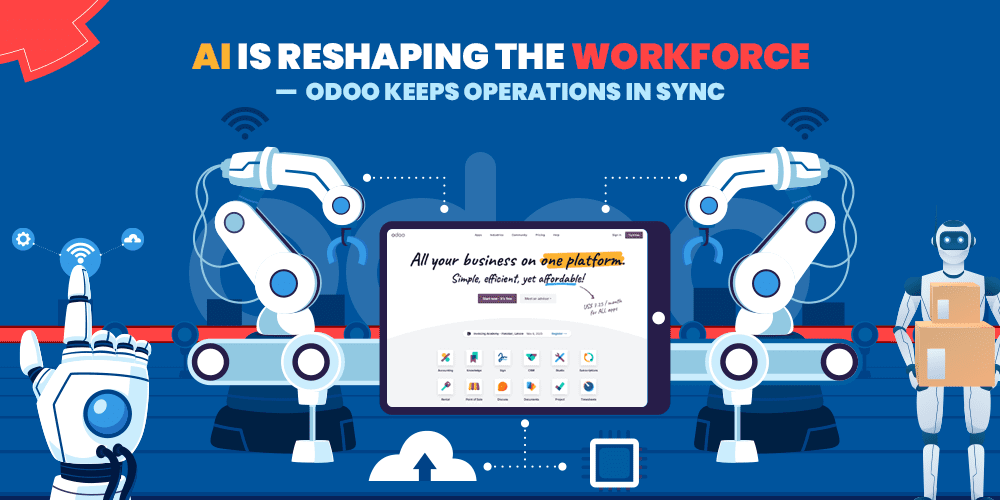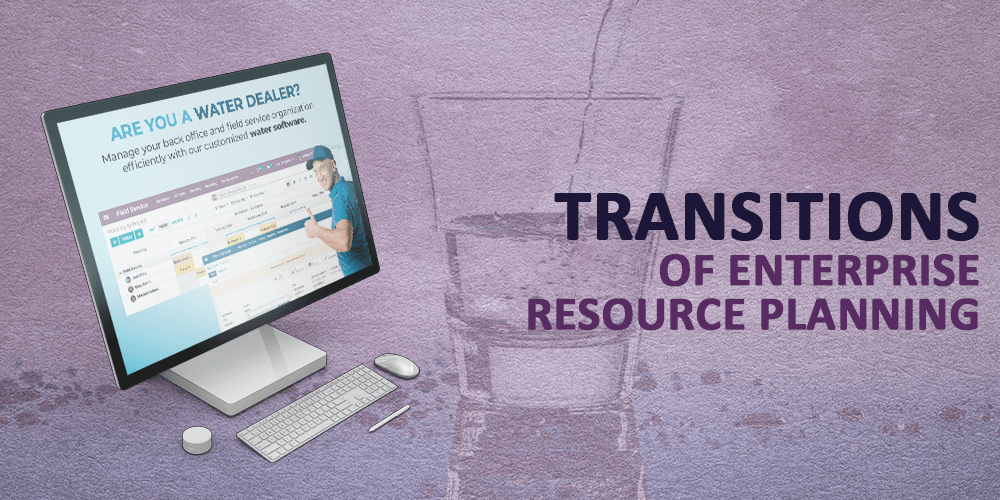The global job market is shifting faster than ever. With artificial intelligence (AI) taking on everything from logistics management to customer service, companies are rethinking their workforce models. What we’re witnessing is not just innovation — it’s transformation, and sometimes, displacement.
Just this year, Amazon—the benchmark for global warehousing and supply chain management—announced major job cuts as part of its long-term automation strategy. Robots are stacking shelves, drones are delivering parcels, and AI systems are predicting demand before humans can blink. While these changes increase efficiency, they also bring new challenges: How do businesses maintain visibility, control, and coordination when human labor shrinks and digital operations expand?
That’s where Odoo ERP steps in.
The Hidden Cost of Downsizing
When companies downsize, they don’t just lose people — they lose structure. Communication gaps widen, processes get misaligned, and accountability becomes blurred. Traditional management systems, often fragmented across spreadsheets or multiple apps, simply can’t handle the transition to a leaner, more automated model.
Odoo bridges this gap by centralizing every business function — inventory, HR, accounting, CRM, and warehousing — under one digital roof. It allows teams, however small, to operate with precision, real-time visibility, and data-backed insight.
AI Meets ERP: A Partnership, Not a Competition
AI may be taking over repetitive tasks, but it doesn’t replace the need for a central brain that keeps the business ecosystem connected. Odoo serves as that core — integrating seamlessly with AI tools to provide a holistic view of performance, stock levels, order flows, and employee productivity.
For example, in a warehouse setting, AI can predict which items need restocking or flag inefficiencies. Odoo then turns those insights into action by automatically creating purchase orders, updating stock in real time, and triggering fulfillment workflows.
This human-AI-ERP partnership reduces human dependency without sacrificing human judgment.
Learning from Amazon’s Example
Amazon’s use of robotics and machine learning is often cited as the gold standard of efficiency. But behind those systems lies the true hero — integrated software infrastructure that ensures thousands of moving parts work in harmony.
For small and mid-sized enterprises, Odoo brings that same level of control and transparency — at a fraction of the cost. Businesses can automate inventory tracking, streamline shipping, manage vendor relationships, and even predict seasonal demand — all from a single platform.
In a world where fewer people are doing more work, Odoo becomes the silent employee that never sleeps.
Preparing for the Future of Work
As AI continues to evolve, one truth is becoming clear: the future belongs to businesses that can blend human creativity with technological precision. Downsizing may reduce headcount, but with Odoo, it doesn’t have to reduce capability.
At ComstarUSA, we help organizations across the U.S. — from warehouses to distributors — harness the full potential of Odoo ERP to stay resilient, responsive, and ready for what’s next.
Because the future of work isn’t just about automation — it’s about adaptation, and with odoo businesses can evolve without losing their edge.









